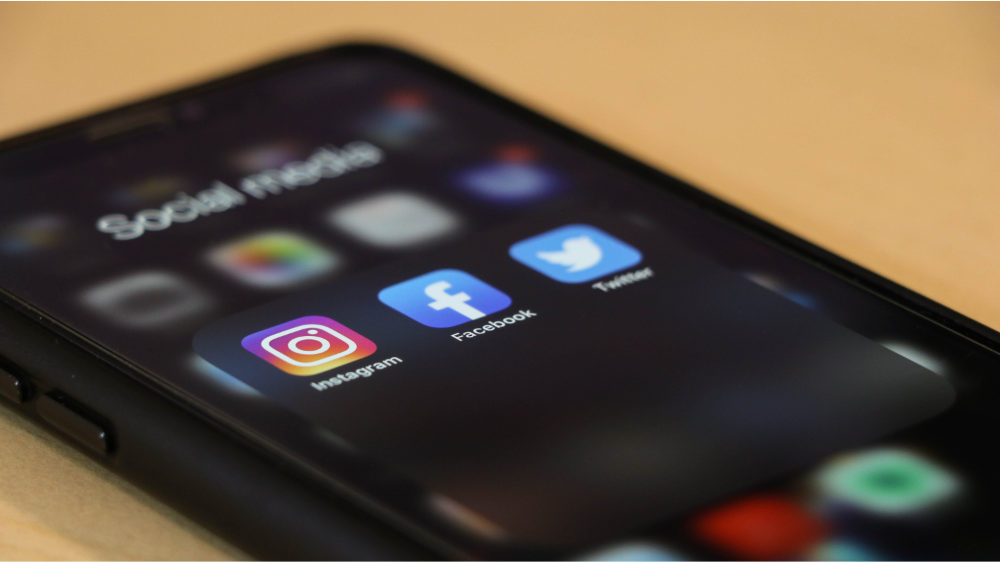Insights
INSIGHTS
All Topics
My Account
A charity guide to social media verification
11 Jan 2021by Christine Chiu
We look at some tips and tricks to help charities become verified on social media
Authenticity is key to building trust. Charity audiences need to feel confident that what’s coming out of social media accounts, press, and charity professionals is accurate and trustworthy.
One of the ways charities can build that trust is to be verified on social media. Across most major social media accounts, verification is a means to ensure that you are who you say you are. It’s also a way to differentiate official accounts from ordinary voices.
Neil Patel, co-founder of NP Digital and Subscribers says: “Basically, social media verification serves as an instant way to tell other users, ‘Hey, this account isn’t just your average Joe – pay attention to it!’”
Here is our guide to social media verification.
What are the benefits of social media verification?
Social media verification is a way to show that your account is genuine. It provides many benefits. Having a verified account prevents impersonating or people pretending to be the ‘real’ charity. It allows charities to improve their digital reach. And people looking at charity content will be more confident that the facts presented are from a trustworthy source.
Getting verified on Twitter
Twitter was the first of the social media giants to verify social media accounts. Verification is easily recognisable by the blue ‘badge’ or ‘tick’ – it shows audiences that the account is of public interest and authentic.
Buffer says getting verified only takes a few short steps, including:
- Ensuring your Twitter profile has photos, an official name, website, and a short bio
- Making sure you have the correct contact details
- Adding privacy settings
- Filling in the verification form when available
There are a couple of other things to make sure you’re doing when attempting to get verified on Twitter. Buffer recommends being as specific as possible. Charities should include details in the profile biography, for example, such as an email address and any other essential contact details.
The verification form asks why the account should be confirmed. Charities should prepare the response in advance to ensure that Twitter can approve without delay. Remember, if for any reason your verification is not approved, charities do have 30 days to reapply.
Instagram’s verification process
Visuals on Instagram make the platform a perfect forum for charities with gripping images. To get verified on the platform, Hootsuite offers sage advice. The social media platform manager notes that it is challenging to get verified on Instagram. Only those accounts with a high chance of being impersonated actually get the status.
On a practical level, Instagram’s verification process is easy. Account owners simply need to click on the three lines on their profile and request to be verified.
Once there, an application form pops up and owners need to fill in details. Once submitted, Instagram returns a response via its notifications page.
Getting a verified badge on Facebook
The blue badge on your Facebook account shows users that charity accounts have been verified. Facebook says that accounts need to meet four general criteria before being approved.
These factors include being authentic, unique, complete, and notable. Facebook managers need to confirm that “an account is the authentic presence of the public figure, celebrity, or global brand it represents”.
AdEspresso, the advertising agency arm from Hootsuite, offers guidance on the verification application form. The form has questions around what ‘category’ your account falls under.
You’ll be asked to upload documents related to the charity, like Charity Commission registration, Articles of Association, and other documentation. The portion that requires the most thought is a short paragraph around why your charity account needs to be verified.
Other tips to show your authenticity
Across all the major social media platforms, there are some key things to remember.
First, be aware that there are organisations that offer to get your account verified. Hootsuite cautions against buying verification badges – these are more than likely scams. All the platforms mentioned here do their own verification process, so don’t be fooled into false offers.
Charities going through the process should prepare reasons for verification. Compelling arguments showing charity uniqueness, impact, and authority helps build the case for verification. Charities should also think about how they can demonstrate reach.
Many of the social media platforms also consider how many followers charity accounts have. Don’t be shy in demonstrating which verified accounts are in your network. Remember, it’s about showing what makes your charity stand apart as a public figure.
More on this topic
07 Mar 2025by Laura Stanley
Marketing trends for charities in 2025
Related Content
Recommended Products
07 Mar 2025by Laura Stanley
Marketing trends for charities in 2025
17 Feb 2025by Laura Stanley
Charity Digital Exchange: Grow your charity with AWS
Our Events
Charity Digital Academy
Our courses aim, in just three hours, to enhance soft skills and hard skills, boost your knowledge of finance and artificial intelligence, and supercharge your digital capabilities. Check out some of the incredible options by clicking here.
















